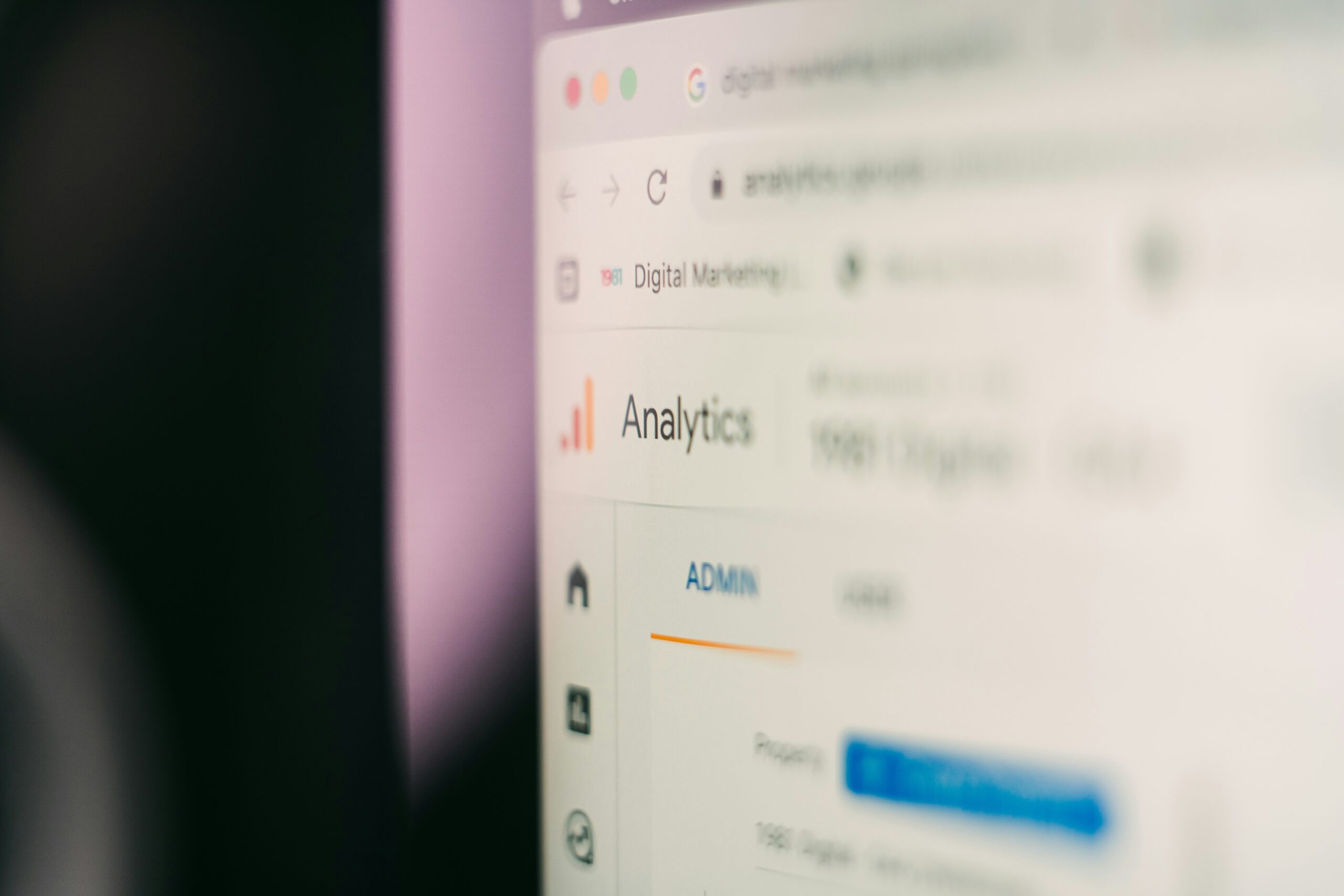In today’s digital world, standing out online takes more than just publishing content—it requires a strategic approach that connects with both users and search engines. SEO-optimized content plays a crucial role in helping businesses boost visibility, attract qualified traffic, and maintain long-term growth. By combining targeted keywords, clear structure, and user intent, this content drives engagement while improving search rankings. Whether you’re aiming to grow your brand, generate leads, or increase conversions, mastering SEO content is a smart investment in sustainable online success.
Key Takeaways
- SEO-optimized content improves visibility by aligning with search engine algorithms and user intent.
- Effective keyword research is essential for targeting the right audience and boosting relevance.
- On-page SEO practices like optimized titles, headers, and internal links enhance engagement and rankings.
- Diverse content formats—blogs, videos, infographics—strengthen SEO by catering to different user preferences.
- Ongoing tracking and updates ensure your content stays competitive, accurate, and performance-driven.
SEO-optimized content is a powerful tool that helps websites increase visibility, drive organic traffic, and boost business performance. It blends quality writing, strategic keyword usage, and technical optimization to create content that search engines can understand and rank.
What Is SEO-Optimized Content and Why Is It Important?

SEO-optimized content is designed to improve online visibility by appealing to both search engines and real users. It incorporates strategic keywords, structured formatting, and aligned messaging to enhance ranking performance. By matching content to user intent, businesses attract more relevant traffic, improve engagement, and strengthen credibility in competitive digital spaces.
How Does SEO-Optimized Content Improve Website Visibility?
Blending targeted keywords with clear semantic structure helps search engines identify relevant content for ranking. Optimized titles, meta descriptions, and page elements guide crawlers to index the most important pages. The result is higher visibility, improved click-through rates, and a steady increase in organic traffic.
What Are the Key Benefits of SEO Content for Businesses?
SEO content drives organic traffic, increases online authority, and improves the user journey. It helps pages rank for relevant queries while delivering value to readers. With better search presence and consistent engagement, businesses see stronger returns over time and build lasting brand recognition.
How Does SEO Content Support Content Marketing Strategies?
SEO content complements broader content marketing by aligning topics with audience search behavior. It boosts discoverability, supports consistent messaging across channels, and reinforces a brand’s digital presence. This synergy increases reach, enhances credibility, and drives continuous lead generation.
How to Conduct Effective Keyword Research for SEO Content?

Keyword research identifies the search terms your audience uses to find solutions. This foundational step helps shape content that aligns with real-world search behavior. With the right keywords, businesses can better position their pages to match user needs, increasing visibility and relevance while supporting their digital strategy.
What Are Long-Tail Keywords and Why Do They Matter?
Long-tail keywords are specific phrases that cater to niche audiences looking for targeted information. They often result in higher conversion rates due to their precision and lower competition. By focusing on these keywords, content becomes more relevant to user intent. This boosts visibility, increases engagement, and strengthens positioning in specialized markets.
Which Keyword Research Tools and Techniques Should You Use?
Use keyword research tools that offer insight into search volume, keyword difficulty, and related terms. Combine this with techniques like analyzing competitors, reviewing site search data, and examining auto-suggest results. These approaches help build targeted keyword clusters that align with both user intent and content goals.
How to Align Keywords With User Search Intent?
Matching keywords to search intent means understanding what users want when they type a query. Classify keywords by intent type—such as informational, navigational, or transactional. Then, tailor each content piece to meet that intent. This ensures better satisfaction, improves rankings, and increases the likelihood of conversions.
What Are the Best on-Page SEO Practices for Optimizing Content?

On-page SEO is the practice of enhancing a single web page to rank better and attract relevant traffic. It balances technical structure and content quality to boost both user experience and search engine understanding. Key elements include meta tags, headers, content relevance, media optimization, and internal linking.
How to Optimize Titles and Meta Descriptions for SEO?
Write clear and concise titles and meta descriptions that include primary keywords. These elements should summarize the page content while prompting users to click. Good meta elements improve both search engine indexing and user engagement, directly impacting rankings and click-through rates.
What Is the Role of Header Tags in Content Structure?
Header tags organize content into sections for better readability and comprehension. They help users scan pages efficiently and allow search engines to understand the content hierarchy. Including relevant keywords in headers further enhances SEO by improving structure, clarity, and discoverability.
How to Optimize Images and Use Alt Text Effectively?
Image optimization includes reducing file sizes and using descriptive, keyword-rich alt text. This not only improves page speed but also enhances accessibility. Search engines use alt text to understand image context, which can boost visibility in image search results and improve overall SEO value.
Why Is Internal Linking Important for SEO Content?
Internal links connect pages within a website to build logical pathways for users and search engines. They improve navigation, distribute authority across pages, and enhance the site’s structure. This helps search engines index pages more thoroughly and encourages users to spend more time exploring your content.
How to Develop a Winning Content Strategy and Planning for SEO?

A strong SEO content strategy aligns content creation with search intent and business goals. It involves planning topics, formats, publishing schedules, and promotion strategies. Structured planning ensures consistency, better engagement, and optimized performance across all digital channels.
How to Create and Use a Content Calendar for SEO Success?
A content calendar outlines topics, publishing dates, and distribution channels. It keeps content production consistent and aligned with marketing goals. Planning ahead allows teams to manage resources efficiently, respond to trends, and maintain a steady SEO presence over time.
What Are Effective Content Ideation and Topic Research Methods?
Generate content ideas using audience feedback, keyword gaps, and topical trends. Explore questions customers commonly ask and review competitors for inspiration. Mapping these ideas to search intent ensures relevance, supports authority, and helps create content that resonates with your target audience.
Which Content Promotion Strategies Boost SEO Results?
Boost visibility by promoting content through various channels like social media, newsletters, and online forums. These strategies increase exposure, attract traffic, and earn backlinks. When combined with SEO best practices, content promotion plays a key role in amplifying reach and authority.
What Content Formats Work Best for SEO-Optimized Content?

Using a variety of content formats increases accessibility and engagement. Text-based, visual, and interactive formats meet diverse user preferences. Different formats also improve time on site, link-building potential, and visibility across platforms, helping to strengthen overall SEO efforts.
How Do Blog Posts and Articles Drive SEO Performance?
Long-form articles and blog posts allow for in-depth exploration of topics and higher keyword density. They offer lasting value and are easily shared and indexed. Consistently publishing optimized blogs strengthens authority, improves rankings, and supports lead generation and engagement goals.
Why Use Video Content to Enhance SEO?
Videos keep visitors on pages longer and encourage interaction. When paired with transcripts, keyword-rich titles, and tags, they support SEO and accessibility. Embedded videos can also improve content diversity, lower bounce rates, and enhance the overall user experience.
How Can Infographics and Visual Content Improve SEO?
Infographics break down complex data into digestible visuals. When optimized with proper alt text and filenames, they improve SEO and user retention. Their shareable nature encourages backlinking, boosts engagement, and increases the likelihood of being cited by other websites.
How to Measure and Track the Success of SEO-Optimized Content?

Tracking the performance of SEO content is necessary for refining strategies and ensuring continuous improvement. Regular monitoring offers insights that help adjust and enhance content based on measurable outcomes.
Which KPIs Are Essential for SEO Content Performance?
Track organic traffic, bounce rates, average time on page, and conversions to measure SEO success. These indicators reflect content relevance and user engagement. Analyzing changes over time helps identify effective content types and guides future optimization efforts.
How to Use Analytics Tools to Monitor SEO Content?
Use analytics tools to understand user behavior, content engagement, and traffic sources. These platforms provide actionable data on what’s working and what needs adjustment. Analyzing this data regularly helps refine SEO strategies and ensures content supports business objectives.
What Are the Best Practices for Content Auditing and Updates?
Audits involve reviewing performance, fixing broken links, and updating outdated information. Refreshing keyword usage, improving structure, and maintaining accuracy enhances SEO impact. Regular reviews ensure your content remains competitive and continues to deliver value.
How Can Businesses Overcome Common Challenges in SEO Content Creation?

Creating effective SEO content can be difficult due to time constraints, skill gaps, and frequent search engine changes. Identifying these challenges and developing solutions helps ensure consistent, high-quality content creation and long-term digital growth.
What Are the Main Obstacles Small Businesses Face With SEO Content?
Small businesses often deal with limited time, tools, and SEO knowledge. These constraints can hinder effective keyword research and consistent publishing. Prioritizing key topics, leveraging streamlined tools, and focusing on high-impact content can help overcome these issues.
How to Leverage Expert SEO Services for Better Results?
Hiring SEO specialists can improve content accuracy and technical optimization. Experts bring industry knowledge, tailored strategies, and tools that enhance performance. Their input helps businesses refine messaging, target the right audiences, and boost search rankings efficiently.
What Tools and Resources Help Simplify SEO Content Creation?
Use SEO software and collaborative tools to manage content workflows. Platforms that handle keyword tracking, performance metrics, and content scheduling streamline the process. These resources save time and ensure that all team members stay aligned on SEO goals.
Frequently Asked Questions
What is the primary benefit of SEO-optimized content?
SEO-optimized content helps your website rank higher on search engines, bringing in more organic traffic and qualified leads. It improves visibility, supports brand authority, and drives long-term results without relying on paid ads. Properly optimized content also enhances user experience and relevance. Over time, it builds a sustainable growth channel for your business.
How frequently should businesses update their SEO content?
SEO content should be reviewed and updated every few months to keep it relevant and competitive. Updating old posts with fresh keywords, new data, and stronger internal links helps maintain rankings. Day by Day Digital uses performance tracking to guide content refresh schedules that support ongoing visibility. Regular updates ensure your site stays aligned with search engine expectations.
Can small businesses compete using SEO content?
Absolutely. Small businesses can gain significant online traction by using well-targeted SEO content strategies. With strong keyword research, niche-focused topics, and consistent publishing, smaller brands can outperform larger competitors in specific search areas. It’s about smart strategy, not big budgets. Quality content that answers user intent can quickly build credibility and traffic.
Which analytics tool is best for tracking SEO performance?
Tools like Google Analytics and Google Search Console are essential for tracking SEO performance. They provide insights into traffic sources, keyword rankings, click-through rates, and user behavior. Day by Day Digital often integrates these tools into custom dashboards to monitor and refine content performance. They’re powerful, accessible, and effective for all business sizes.
How do internal links affect SEO performance?
Internal links guide both users and search engines through your website, improving navigation and site structure. They help distribute page authority, increase time on site, and support the indexing of key content. Strategic linking boosts overall SEO by reinforcing topic relevance. It also encourages deeper user engagement, leading to stronger conversion opportunities.
Conclusion
SEO-optimized content is essential for businesses that want to improve their online presence and achieve sustainable growth. By employing effective keyword research, on-page SEO practices, and robust content strategies, companies can produce content that resonates with users and meets search engine criteria. Regular monitoring, revising, and expert guidance further ensure that content adapts to evolving digital landscapes. Ultimately, investing in high-quality SEO content drives increased organic traffic, better search rankings, and improved credibility—key factors for long-term success in a competitive online market.
